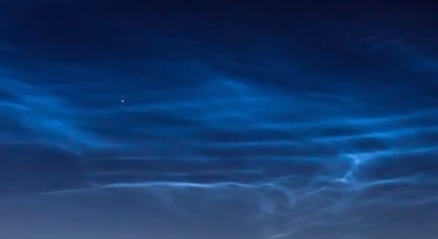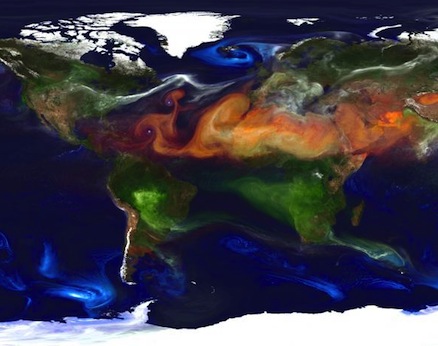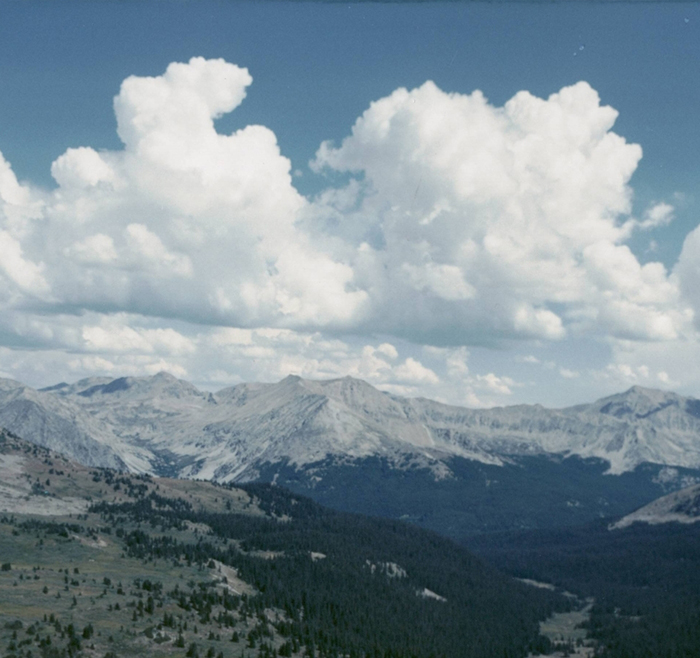1
1. GIVE ME SOME SHADE

About how much of Earth’s surface is covered by clouds at any given time?

Covering most of the Earth at any given moment, clouds have a huge—but insufficiently understood—impact on climate.
Clouds and aerosols are two of the most important, but least understood, aspects of climate change. How much do you know about them?

About how much of Earth’s surface is covered by clouds at any given time?

Which of these qualities are used to identify types of clouds?


Where are noctilucent ("night-shining") clouds found?


What effects do various aerosols have on the climate?


Where in the atmosphere are aerosols found?

The brighter a cloud looks, the less pollution it contains.

Do clouds heat or cool Earth?


What are aerosols?

Most aerosols in the atmosphere are from human-caused pollution.


Clouds within a mile or so of Earth’s surface tend to: